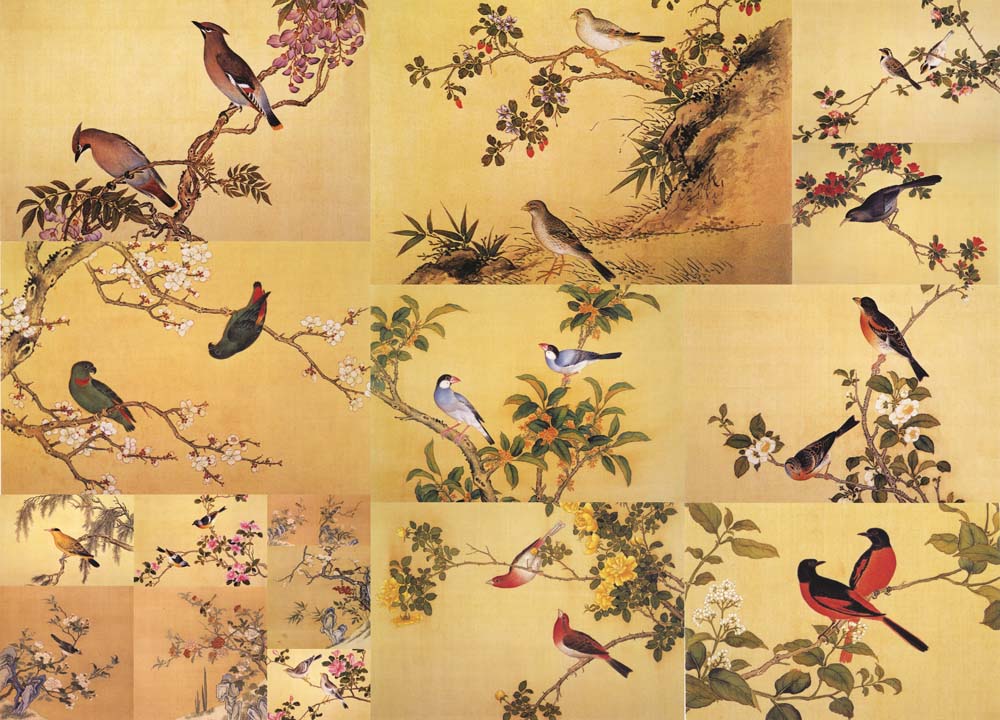Painting style imbues birds and flowers with emotions

Chinese bird-and-flower paintings focus on juxtaposition of nothingness and essence, thus revealing the painters' emotions.
The Chinese “bird-and-flower painting” genre utilizes traditional Chinese pens, ink, art paper and other tools to paint flowers, birds, insects, fish and beasts. It is considered an aspect of one of three major traditional Chinese painting genres. It not only includes flowers and birds but also various animals and plants.
Throughout the history of Chinese bird-and-flower paintings, the works have adapted to Chinese aesthetic tastes, forming a genre based on life painting and the traditions of freehand brushwork, with the ultimate goal of imbuing flowers and birds with emotion.
Life painting is used to capture the vitality of flowers and birds and their distinct characteristics. Freehand brushwork uses sketches of flowers and birds to convey the painters’ emotions. It is similar to Chinese poetry, which attaches the writers’ subjective thoughts and feelings to the objects they describe in poems. It transforms flowers and birds into a form of communication to express emotions.
In regard to the shapes of the flowers and birds, Chinese bird-and-flower paintings focus on similarity in form but aren’t constrained by it. They pursue an artistic conception between dissimilarity and similarity in order to both demonstrate the objects’ vitality and express feelings.
In addition, the composition of Chinese bird-and-flower paintings stresses the key parts instead of details. They also focus on the comparison between nothingness and essence. In the freehand brushwork of bird-and-flower painting, painters usually inscribe a poem on the painting, and they are good at developing the potential beauty of Chinese characters. They choose a style of Chinese calligraphy that is suitable for the painting style and write them on an appropriate part of the painting and stamp their personal seal beside the poem. This means they can be considered a painting-centered comprehensive art form.
In terms of painting techniques, the objects of Chinese bird-and-flower paintings are filled with more details but on a smaller scale than landscape paintings, and also have more abundant content than portrait paintings. So the bird-and-flower paintings include some realist colors and have a certain decorative role.
Zou Yigui (1686-1772) was a Qing Dynasty painter, well known for bird-and-flower paintings. During the reigns of Emperor Yongzheng (1678-1735) and Emperor Qianlong (1711-99), Zou served as a court painter and was good at drawing flowers and plants in a traditional realistic way. His works on flowers and birds show a distinct style, demonstrating a clear and elegant charm.
His famous work Pomegranate and Bird Painting shows the vitality of tender pomegranates and graceful parrots. With Zou’s delicate inscription and appropriate negative space on the painting, it became a painting that was widely appreciated and considered worthy of study.
